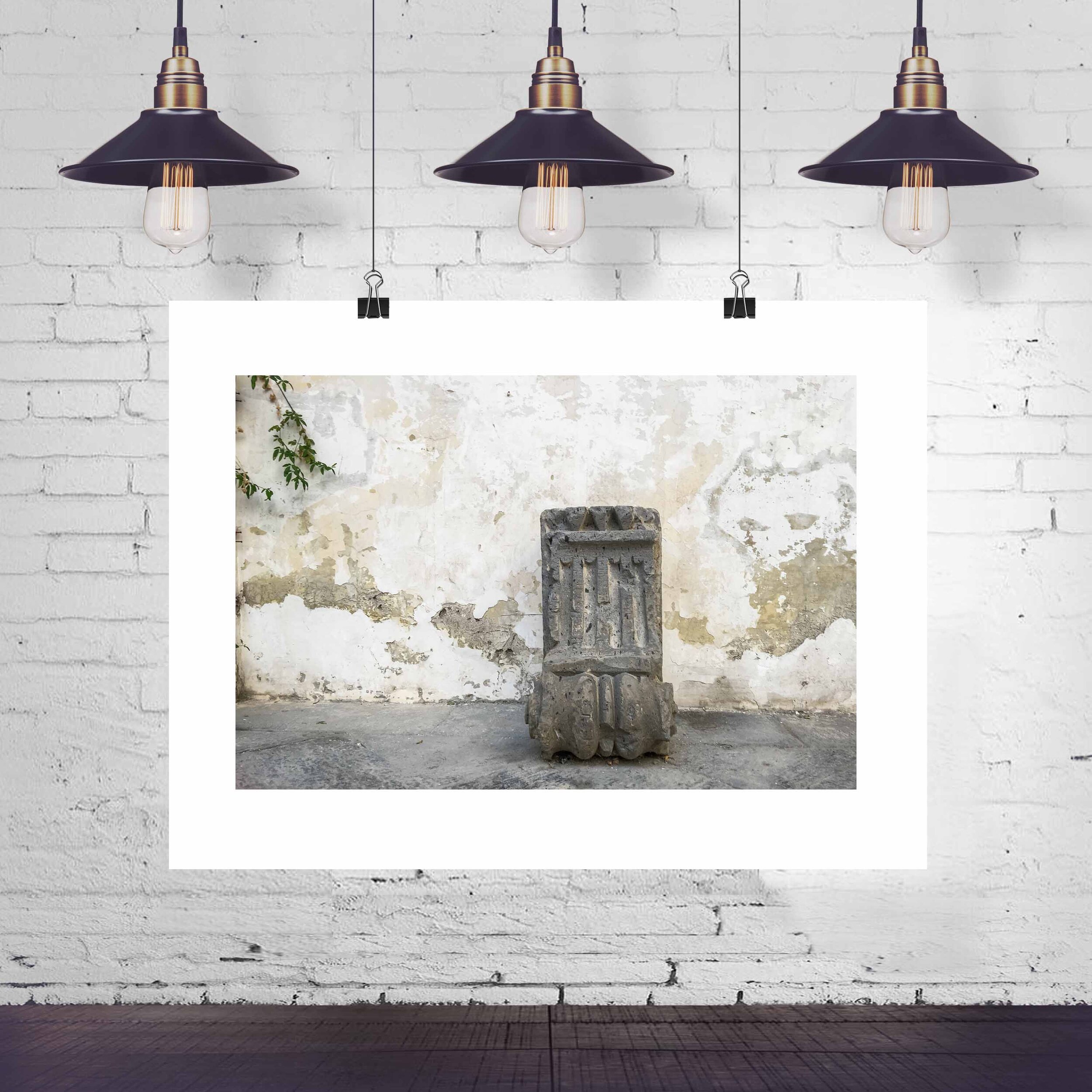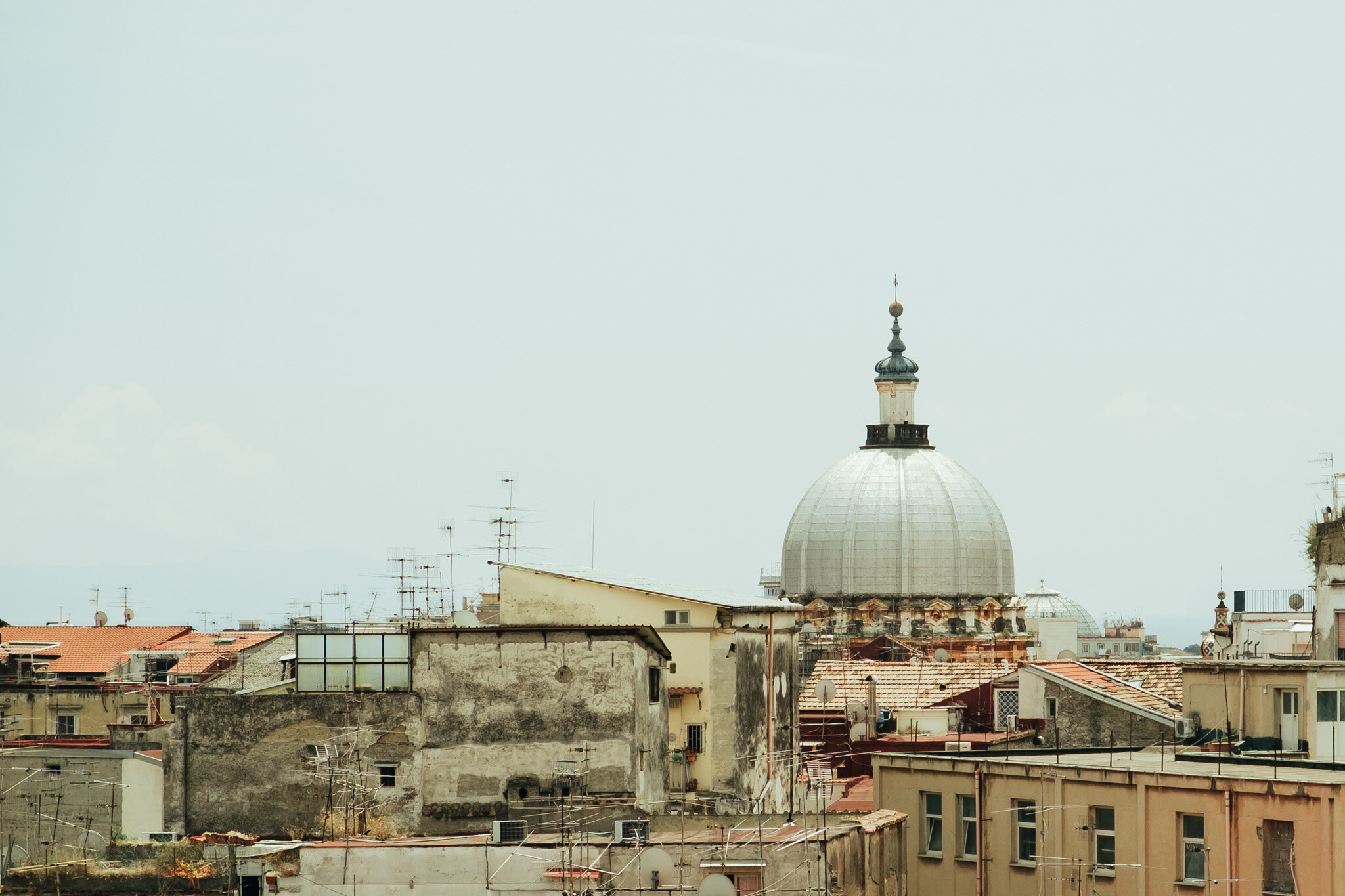Progress Paves the Way to Naples Past
In the early days of archaeology, archaeologists were men of means with a thirst for adventure, fame and fortune. World travelers in search of Classical antiquities to expand their priceless collections and thrilling tales to tell their friends back home. Archaeology was more treasure hunt than science and more often than not, priceless artifacts found their way into the estates of wealthy collectors rather than given over for scientific study or public consumption. When Charles III was King of Naples, he amassed a huge collection of artifacts from the excavations at Herculaneum first and then Pompeii (excavations at Herculaneum were quickly abandoned for the more favorable conditions at Pompeii and wouldn’t resume again until the 20th century). Thankfully, King Charles’ collection eventually found its way into the Royal Bourbon Museum in the Palazzo degli Studi in Naples that was founded by his son and successor, Ferdinand IV.
Fast forward 230+ years and Ferdinand’s museum has grown up into a world class archaeological center, the National Archaeological Museum of Naples comprised of over three million artifacts of every conceivable type. Principal among these are the Elisabetta Farnese (Ferdinand’s grandmother) collection of art and Roman antiquities; an Egyptian collection that is 2nd in importance only to Turin’s Egyptian Museum; a Numismatic collection comprised of over 200,000 coins and medals from Magna Graecia to the Kingdom of the Two Sicilies; an Epigraphic collection of nearly 2500 documents written in Latin, Greek, and dialects of the Italic peoples; and let’s not forget the collection of Roman Erotic Art hidden away in the “Secret Cabinet.” Still, the crux of the museum’s collections are owed to Herculaneum and Pompeii. Massive excavations that began in the golden age of archaeology. A time when entire civilizations could be found in a matter of weeks or months rather than the few pottery shards today’s archaeologists are likely to uncover after months of scientific study and excavation.
But every once in a while fortune strikes and this time fortune’s name is progress. After years of stops and starts, the project that has torn up just about every major piazza in the city is finally back in full swing. And the long awaited expansion of Naples’ metro system that will presumably propel the city into the future has serendipitously given us a birds-eye view into its past. As engineers tunnel their way through Naples’ subterranean, archaeologists are following right behind them piecing together the history of every layer of the city from the Neolithic period to Naples’ Unification with Italy. And along the way they have uncovered much more than a few pottery shards.
The route along the coast where the new Municipio, Toledo, University, and Duomo stations are being constructed have unearthed extraordinary finds that have provided new insights into the ancient cities of Parthenope and Neapolis. Three ship wrecks dating to the 2nd century AD were unearthed near the Municipio station. At the Duomo station archaeologists uncovered the remains of a 1st century AD Isolympic Games Building Complex. A 7th century warehouse complex was discovered near the University station. And that’s just for starters. Naples’ much maligned metro system will do much more for the city than just improve transportation, it will help to rewrite the city’s history.
Treasure hunting may be a thing of the past and today’s archaeologists may be more scientists than adventurers, but the artifacts they find are still priceless. More importantly, these treasures are no longer hidden away in the private collections of the elite, but more often than not are made available to anyone who is interested in them. In keeping with that tradition, the Neapolis Station was opened in 2005 to display some of the findings from the Naples metro system excavations. In a series of graphic, photographic and video displays along with a select number of artifacts, archaeologists share what they are learning about the ancient cities of Parthenope and Neapolis. And what better place to house such an important exhibit than the Naples Archaeological Museum, a museum that has historically been dedicated to preserving the cultural history of Italy, and in particular the Campania region. Housed appropriately enough below the museum in the Museo Metro Station, Neapolis Station is the newest gateway to Naples’ highly stratified past.
Progress Paves the Way to Naples Past was first published on NapoliUnplugged.com on March 1, 2010.
Images From Napoli
Learn M ore
She Studios is a participant in the Amazon Associates Program, among other affiliate programs, an affiliate advertising program designed to provide a means for sites to earn advertising fees by advertising and linking to Amazon.com and other websites. As an Amazon Associate She earns from qualifying purchases.













